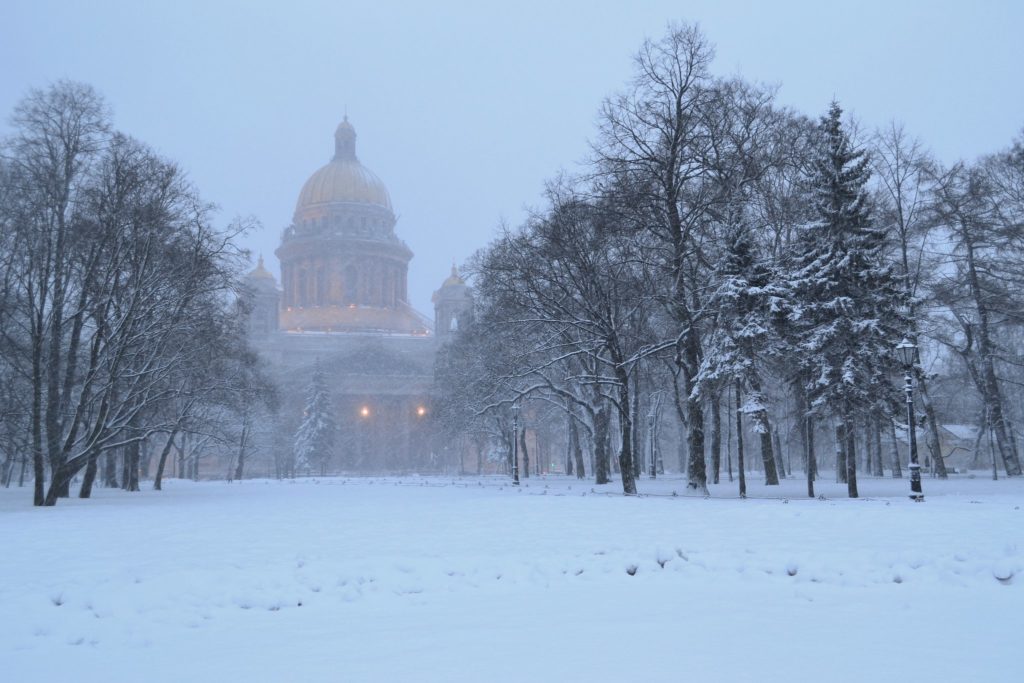
A recent conversation reminded me that it’s almost 30 years since I spent a winter in St Petersburg. As a modern languages student in the early 1990s, I was lucky enough to spend six months in newly-minted Russia.
It was a magical time and one that I still recall with great fondness, so I thought I’d relay a few of those memories. These particularly relate to how alien the country felt to a callow British 20-something. I’m starting with how we got around.
Buses
Every morning we would have Russian classes, allowing us the afternoon to explore the city – something we did without question.
Although we could walk into the heart of the city, it was close to an hour-long trudge, so the trolleybus was a regular option.
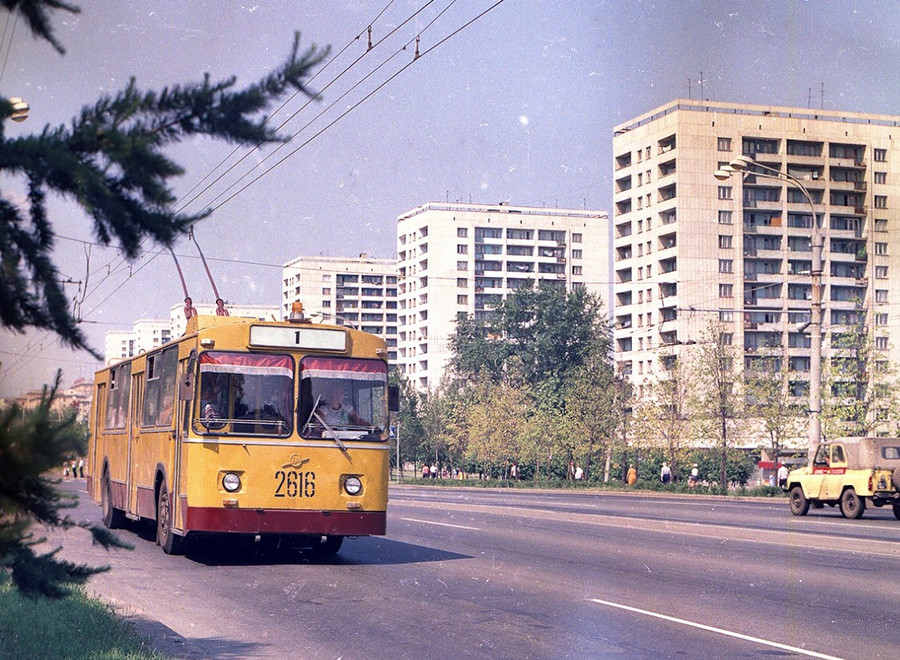
But this method of transport wasn’t for the fainthearted.
For starters, your trolleybus was always crammed in like sardines – imagine one of those Japanese commuter trains. You were forced to fight your way on, pushing through the sea of bodies that already occupied every square centimetre.
Then there was your fare – as it was almost impossible to get on by the driver, you had to buy a ticket before jumping on.
Ticket was a generous word for a gossamer-thin piece of paper that could easily get lost in your pocket alongside a tissue, but – on the rare occasion when an inspector got on the bus and caught you without a ticket – a fine was irritating.
You also had to validate your ticket – using either of the single hole punches attached to the interior of the vehicle. This required you to tap a neighbour on the shoulder, pass them your ticket and say: “Probite, pozhalysta” (literal translation, ‘pierce, please’). Your ticket would then make its way up the bus to the person next to the hole punch. They would dutifully validate your ticket and it would wend its way back over the shoulders of multiple passengers into your gloved hand.
Then you had the problem of getting off the bus. Quite aside from squeezing past other passengers, the trolleybuses rarely stopped next to the kerb. This meant the drop to the street was sizable. And, by the 1990s, the condition of most streets in St Petersburg were atrocious. Not just uneven, but also huge potholes, cracks and mounds.
Add in the fact that – for a lot of the time I was there – there was thick snow, and you had perfect conditions for falls and stumbles. Those St Petersburgers were a hardy lot!
The metro
The underground systems in both St Petersburg and Moscow, particularly, were (and probably still are) a thing of wonder.
Many of the stations were built under Stalin’s rule and are of the social classicism style. This resulted in stunning architecture, both inside and outside.
Sometimes, it was worth just stopping in the middle of a station to admire the ceilings or the tiles.
Another notable element of travelling on the Metro was the temperature contrast. My experiences were of coming into a station from freezing external conditions and then descending extremely steep escalators. As you got deeper, the temperature seemed to increase rapidly, making it feel like a descent into Dante’s circles of hell. Your coat, hat, scarf and gloves that were essential on the surface
In a similar vein to the trolleybuses, the trains also always appeared to be jampacked. Once on a train, people constantly asked you the same question: “Vy vykhodite?” (Are you getting out?). If you shook your head, they would manhandle you out of the way, so they could get closer to the exit and avoid the risk of missing their stop.
As with a trolleybus ride, none of the behaviour was ever really rude or violent – just part of everyday life.
Trains
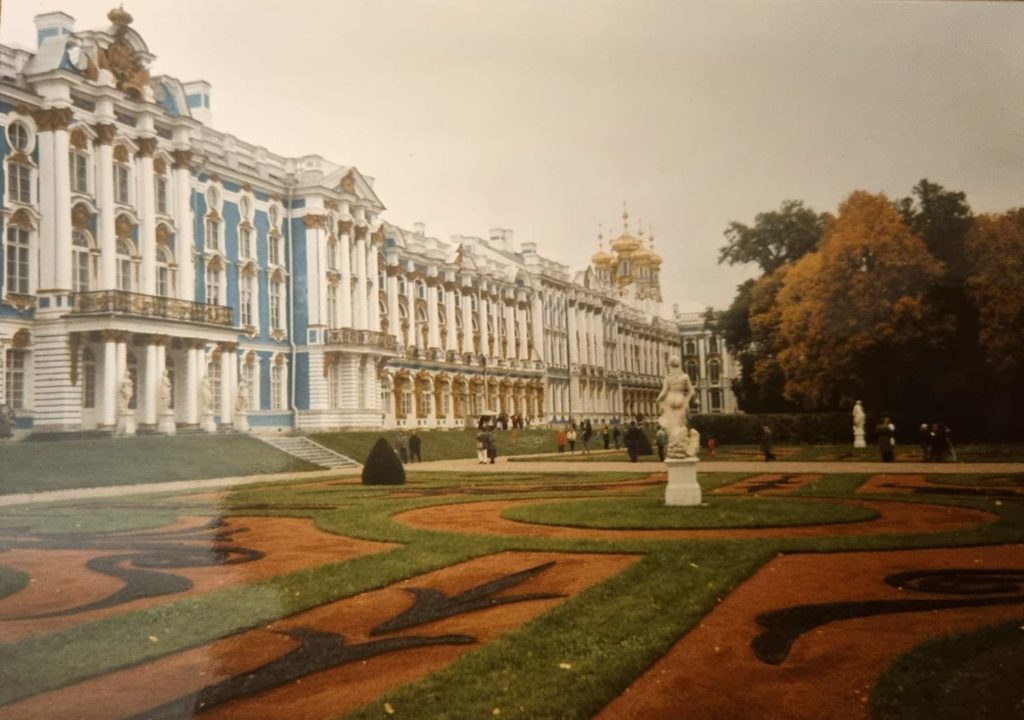
I used two different types of train while in Russia. The local, stopping services were ridiculously cheap and enabled us to travel to places such as The Catherine Palace about 30 miles outside St Petersburg.
These were pretty standard trains and not much to comment on. The more exciting train we took fairly regularly was the famous overnight service between St Petersburg and Moscow – known as the Krasnaya Strela (Red Arrow). Even though we were students, the cost of a luxury sleeping car was still remarkably cheap in 1992.
We’d rock up at the main Moskovksy station in time for its regular 23.55 departure and then – maybe after a couple of vodkas – grab a few hours sleep before arriving in Moscow the next morning just before 8am. Highly efficient and a fantastic experience.
The sleeper cars were all wood-panelled, like something out of an Agatha Christie novel, and there was even buffet service (blinis and vodka, anyone?). They were remarkably luxurious and unlike anything I’d ever experienced before – and as a poor student, travelling in one made you feel as if you were cheating the system somehow.
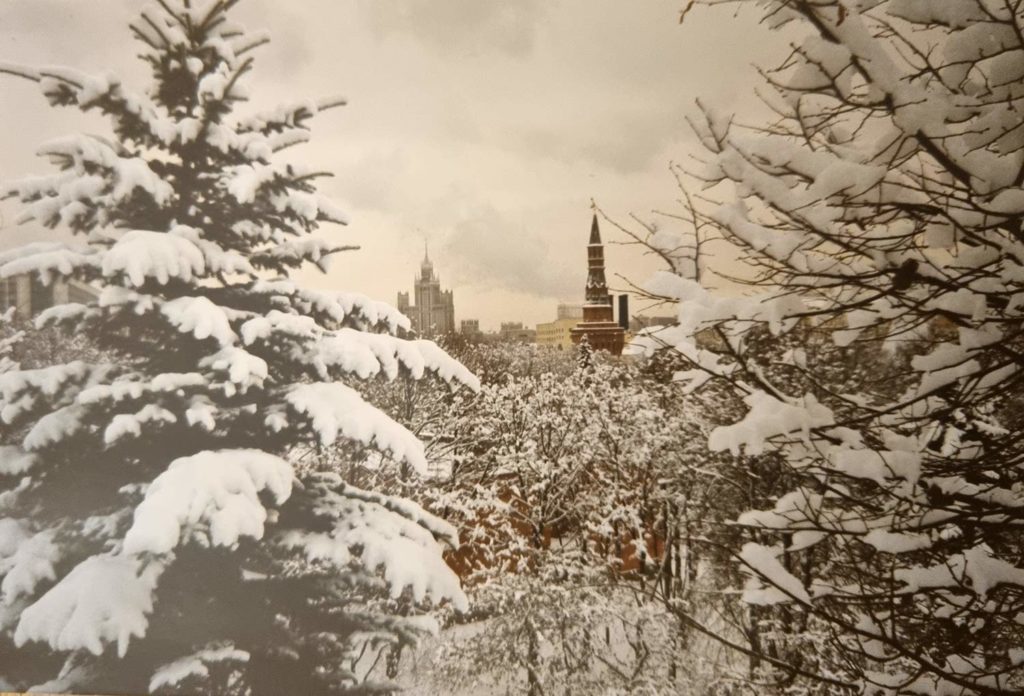
Taxis
There were certain parts of St Petersburg that were tricky to get to via public transport, particularly late in the evening.
I used to go to the Marinsky Theatre to watch opera or ballet regularly (I’ll talk about that in a later post), but it wasn’t particularly easy to reach, so a taxi was the only option.
However, it didn’t have to be a registered taxi. Back in 1992, if you tried to hail a taxi, you often found that a regular citizen would pull over in their Lada or Volga and ask you where you were heading. For a fixed price – c. 200 roubles (which was probably about £3 at the time) – they would change their destination and drive you where you wanted to go.
Looking at it through 2021 eyes it feels extremely dangerous, but actually the conversations we had with regular St Petersburgers were highly illuminating. I learned a lot about internal Russian politics, family life and customs from the chats I had.
It was also a great way of seeing areas of the city we might not otherwise visit, as each driver had their own favourite route. Many were also keen to show us ‘secret’ or hidden buildings or monuments we otherwise might not see.
As they always say, if you want to know a city, ask a local!
Airplanes
I’ve left this till last because it was probably the most entertaining, yet frightening mode of transport I used throughout my stay.
While prices were out of reach for most normal Russians, internal flights still represented a bargain for us, as students. I visited Uzbekistan, Kazakhstan and Kyrgyzstan using Aeroflot and every trip holds its own memory, not just for what I saw in those countries, but also for the travel experience. Most of what I’ll relate here would be unthinkable now (and probably would have been by 2000).
Seat allocation was not part of the procedure in 1992, meaning it was every passenger for themselves when you boarded. The later you boarded the plane, the worse your seat – simple as. On one flight, a man boarded with a TV in a huge cardboard box and simply deposited across the back of three seats. I doubt he’d paid for them – he just ‘used his initiative’.
Pets regularly accompanied their owners – which is fine when it’s a small cat in a man’s jacket. Slightly more unsettling when a live pig runs down the aisle (I kid you not!).
Many of my fellow student passengers were so freaked out by the flights that they drank themselves into an alcoholic stupor, so that if we crashed they wouldn’t remember anything. The planes were old and juddered so violently along the runway before take-off, that we wondered if they’d even make it into the air.
I also remember one flight from Bishkek, Kyrgyzstan over the Tien Shan mountains to Almaty in Kazakhstan. The plane was a twin-prop 15 seater and just as we were about to take off, the pilot emerged from the cockpit, walked to the rear and lowered the steps. Then, this extremely large Russian babushka bustled across the tarmac carrying two huge plastic bags. She hauled herself up into the plane apologising profusely, and the pilot calmly raised the steps and returned to the cockpit to start the take-off. Bonkers!
—
That concludes the first part of my memories of a Russian Winter – Part 2 will cover what it was like going shopping (for absolutely anything) – and I don’t yet know how many parts there will be!
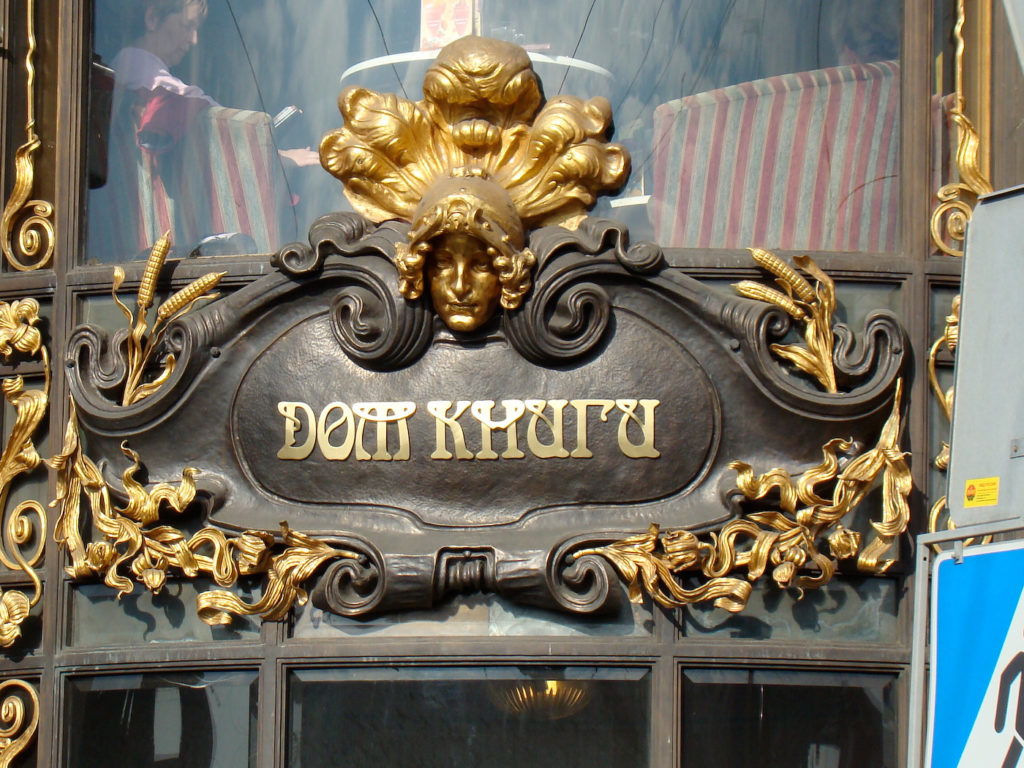
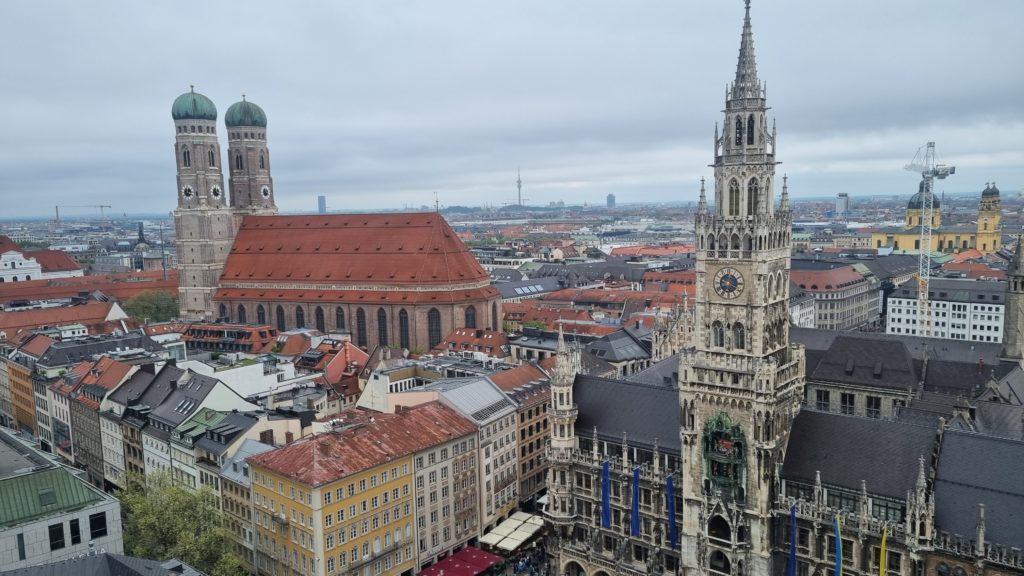
Wow! Funny how much danger we can accept as ‘the way things are done here’, especially when you’re young… It’s fun to read about this though. Can I request more photos in the following installments, please? I look forward to reading further adventures 🙂
I look back at a lot of decisions I made when travelling and am aghast, but that’s the confidence of youth (and possibly a different era). I’ll try to do a better job with the photos next time! I was actually surprised by – relatively – how few I have. Again, a pre-smartphone era meant that I didn’t take lots.
Ah Rob, enjoyed reading this! How I miss our modern languages experiences xx
Thanks Georgia – I was looking through my photo albums from the time and it struck me how, relatively, few pictures I’ve got of the time. An era way before smartphones we didn’t have cameras with us all the time